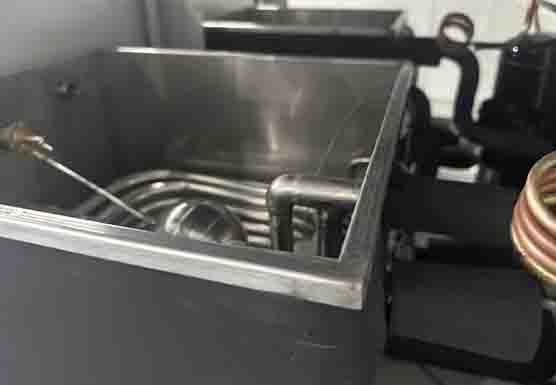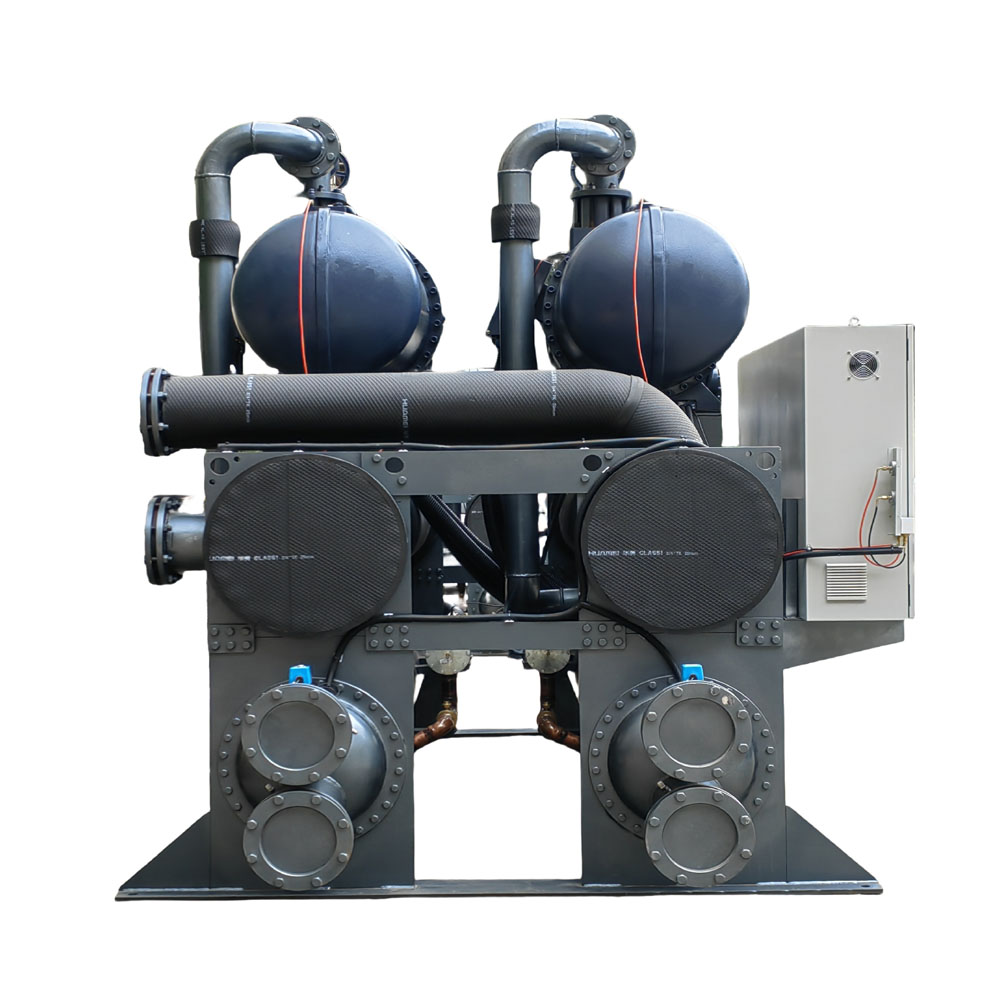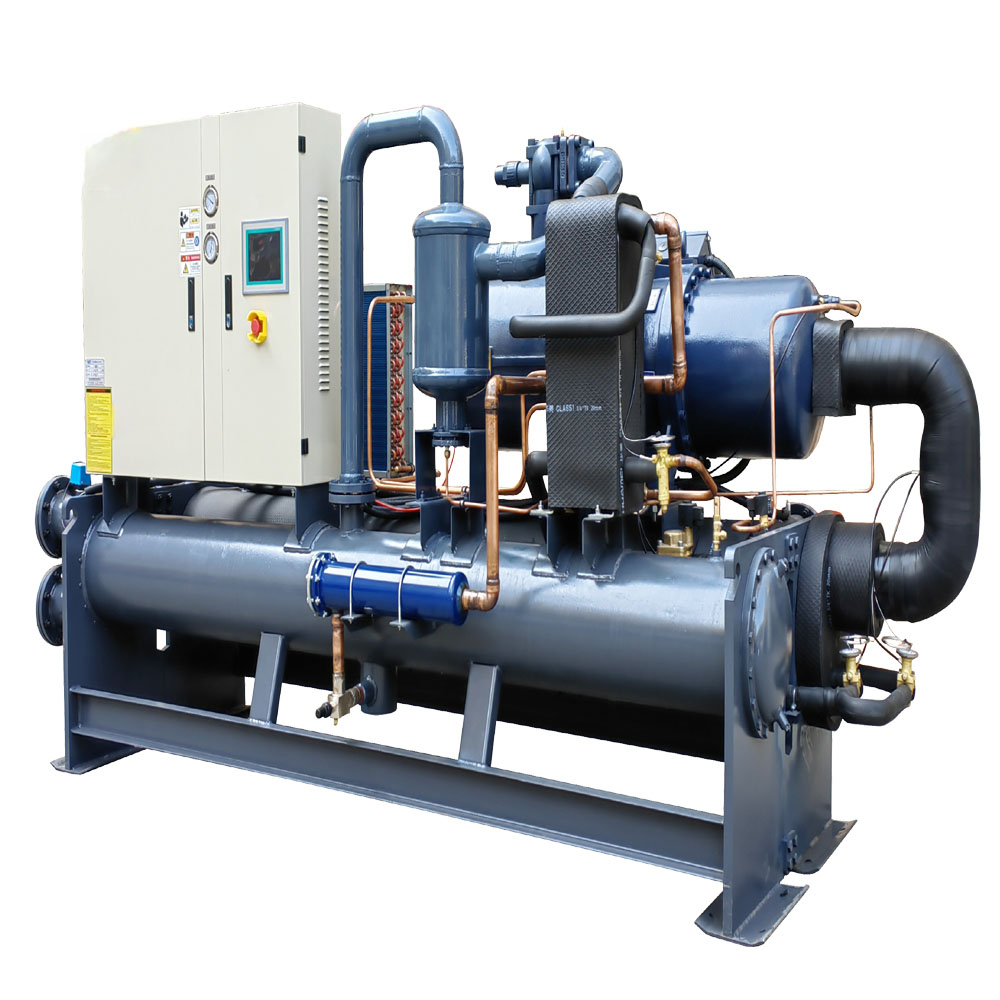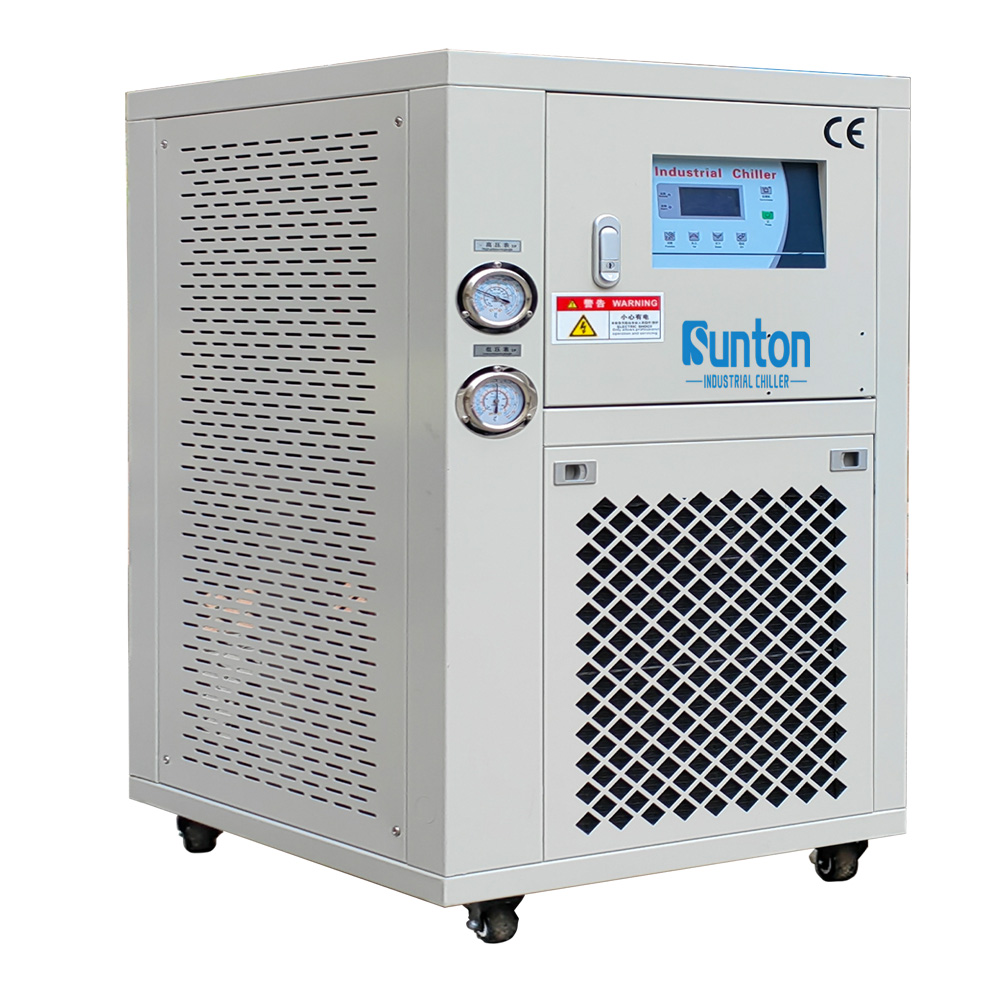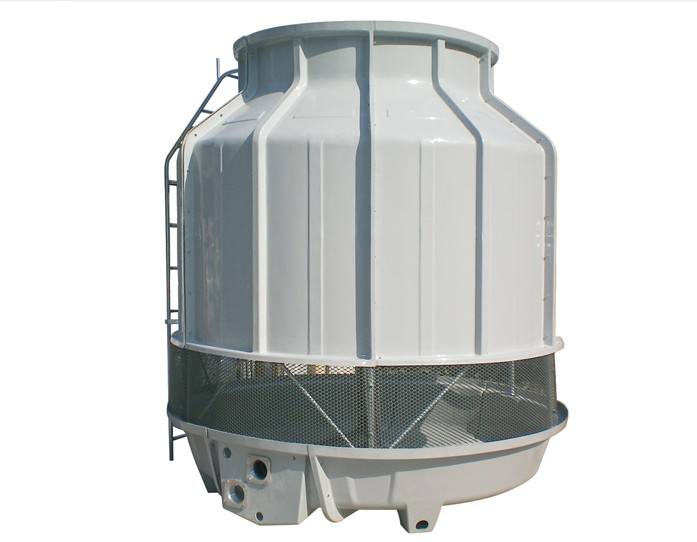-
Dalingshan Industrial Guangdong
Understanding HVAC Chillers: The Basics of Chillers and How They Work
Understand different types of chillers can be utilized for specific needs.ing HVAC Chillers: The Backbone of Commercial Cooling Systems
In bustling environments like shopping malls, including the use of commercial chillers. office complexes, hotels often rely on water chillers for efficient cooling., and even industrial processes benefit from advanced chiller technology. Bangladesh sweater factories, comfort and climate control are paramount. At the core of these environments lies the chilled water system. HVAC chiller, a technology vital for maintaining optimal indoor conditions. This article delves into the world of Kältemaschinen, offering insights into how they work, their importance, and why they’re a crucial component for large commercial buildings.
Inhaltsübersicht
What is an HVAC Chiller?
An HVAC chiller is a mechanical device that removes heat from a liquid. It’s used extensively in large commercial buildings to maintain comfortable indoor temperatures. These chillers tend to be paramount for operational efficiency in environments where climate control plays an integral role.
Why This Article is Worth Reading
- Insights Into Chillers: Gain a comprehensive understanding of Kältesysteme and their function.
- Application Versatility: Learn how chillers integrate into various commercial settings, from hotels to industrial factories.
- Energie-Effizienz: Explore how chillers contribute to sustainable building operations.
How Do Chillers Work?
Chillers operate by extracting heat from the air or water, circulating it away from the building through a series of steps involving several components.
The Cooling Cycle Explained
- Kompressor: Compresses the refrigerant, increasing its pressure and temperature.
- Verflüssiger: Transfers heat from the refrigerant to the ambient air or water supply.
- Expansionsventil: Reduces the pressure of the refrigerant, cooling it before entering the evaporator.
- Verdampfer: Absorbs heat from the environment, leaving behind cooled air or water.
This cycle effectively regulates internal climates by channeling the cool air throughout the building.
Exploring the Types of Chillers
There are primarily two types of chillers used in commercial applications: luftgekühlt und wassergekühlt. Each serves the same fundamental purpose but functions differently to meet various cooling needs.
Luftgekühlte Kaltwassersätze
- Design: Uses fans to blow air across condenser coils.
- Advantages: Requires less maintenance and is ideal for external installations.
Wassergekühlte Kältemaschinen
- Design: Uses a cooling tower to remove heat.
- Advantages: More energy-efficient, suitable for larger cooling loads found in indoor installations.
Choosing the right type of chiller depends on specific needs, building design, and the external environment.
Main Components of a Chiller System
Understanding the basics of chillers is essential for effective climate control. components of a chiller helps in appreciating their complexity and efficiency.
Key Components
- Kompressor: Central to the chiller system, responsible for increasing refrigerant pressure.
- Verflüssiger: Either air-cooled or water-cooled, essential for heat dissipation.
- Verdampfer: Absorbs heat, converting refrigerant into vapor.
- Expansionsventil: Regulates chilled water flow for optimal performance. refrigerant flow, essential for efficient cooling.
By maintaining these chiller components, companies can ensure prolonged life and optimal efficiency of their cooling systems.
Chiller Application: Why They Are Essential for Commercial Buildings
Chillers, including absorption chillers, are indispensable in environments requiring precise climate control across extensive areas and multiple floors.
Benefits in Commercial Settings
- Comfort Control: Regulates indoor air quality and temperature, enhancing occupant comfort.
- Operational Efficiency: Supports large-scale air conditioning needs efficiently.
- Versatility: Used extensively in varied settings from office spaces to industrial factories.
By implementing a capable HVAC system, building managers enhance energy efficiency while maintaining comfort standards.
How Chillers Support Energy Efficiency
Chillers play a vital role in reducing the energy footprint of commercial buildings, aligning with modern sustainability goals.
Energy Efficiency Strategies
- Utilize Advanced Technologies: Integrating variable-speed drives for efficient energy use.
- Optimize Chiller Performance: Ensure chillers run at optimal capacity, minimizing unnecessary energy draw.
- Regular Maintenance: Supports energy-efficient operation and reduces unexpected downtime.
These strategies enhance the cost-effectiveness of air conditioning systems within commercial environments.
Understanding Chiller Technology
With advancements in chiller technology, modern units boast even greater capabilities.
Cutting-Edge Developments
- Smart Controls: Automated chiller technology allows for dynamic adjustments based on building and environmental needs.
- Sustainable Refrigerants: Use refrigerants with low environmental impact to reduce the greenhouse gas footprint.
These technological innovations further solidify chillers’ place as an integral part of modern building infrastructure.
FAQs about Commercial HVAC Chillers
What are the main differences between air-cooled and water-cooled chillers?
Air-cooled chillers use fans to move air across coils, while water-cooled chillers rely on a cooling tower for heat dissipation.
How do chillers contribute to building sustainability?
By using energy-efficient technologies and sustainable refrigerants, chillers help reduce energy consumption and greenhouse gas emissions.
Why are chillers crucial for large commercial buildings?
They efficiently manage climate control, ensuring comfort while maintaining operational cost-effectiveness.
How often should a chiller system be maintained?
Regular maintenance should be conducted bi-annually to ensure optimal performance and energy efficiency.
Case Studies: Successful Installations in Commercial Settings
“Our transition to a modern HVAC chiller system led to a 25% reduction in energy costs and significant improvements in climate control capabilities.” – James A., Facility Manager
These examples underscore the transformative potential of efficient chiller systems, such as cold shot chillers, in enhancing building operations.
Conclusion: Investing in Reliable Cooling Solutions
Investing in the right HVAC chiller system can translate into profound long-term benefits for shopping malls, office complexes, hotels, and factories. By ensuring efficient temperature control, these systems enhance indoor comfort, operational efficiency, and sustainability goals. To explore tailored solutions that meet your specific requirements, contact us.
Wichtigste Erkenntnisse
- Versatile Chiller Types: Understanding differences can guide the right selection.
- Energie-Effizienz: Modern chillers offer vast potential for reducing energy consumption.
- Operational Comfort: Integral for maintaining a productive and comfortable environment.
To delve deeper into our offerings and innovative chiller solutions, visit product pages like Low Temperature Chiller Cooling Solutions or explore the advantages of Air Cooled Screw Chillers.



